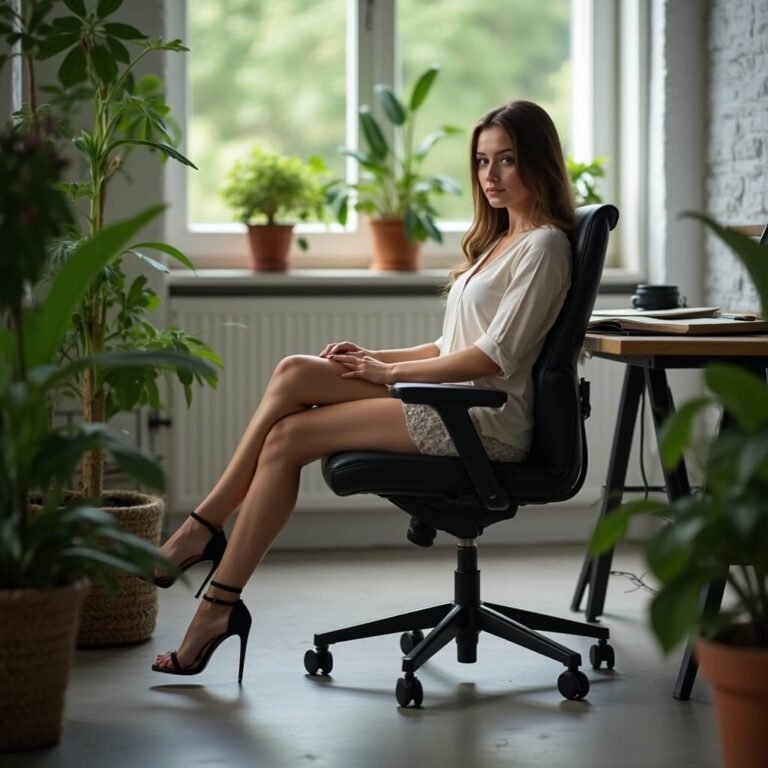Introduction
Creating realistic portraits with oil paints is both an art and a science. Whether you’re a beginner or an experienced painter, mastering techniques like layering, blending, and color mixing will elevate your work to professional levels. This guide offers essential tips to help you achieve stunningly lifelike portraits.
- Choosing the Right Materials
Before you start, ensure you have high-quality materials:
- Oil Paints: Professional-grade paints provide better pigment concentration.
- Brushes: Use soft bristle brushes for smooth blending and stiff ones for precision.
- Canvas: Choose a fine-textured canvas for detailed work.
- Mediums: Linseed oil and walnut oil help with smooth application.
- Understanding Anatomy and Proportions
Realistic portraits require accurate proportions. Study facial anatomy and practice sketching various angles before applying paint.
Key Tips for Accuracy:
- Use the rule of thirds to balance facial features.
- Measure proportions using a grid method.
- Pay attention to subtle asymmetry; perfection can make a portrait look artificial.
- Mastering Skin Tones
Creating lifelike skin tones involves layering different hues rather than using a single flesh color.
Color Mixing for Skin Tones:
- Mix yellow ochre, titanium white, and cadmium red for natural tones.
- Adjust warmth with burnt sienna and coolness with ultramarine blue.
- Layer thin washes for translucency and depth.
- Light and Shadow Techniques
Lighting defines the three-dimensionality of a portrait. Understand how light interacts with facial features to add realism.
Key Techniques:
- Underpainting: Start with monochrome tones to define shadows.
- Soft Transitions: Avoid hard edges between highlights and shadows.
- Reflected Light: Observe subtle reflections on the chin, neck, and cheeks.
- Blending Methods
Smooth blending enhances realism. Here’s how you can achieve flawless gradients:
Blending Tips:
- Use soft brushes and circular motions for gradual transitions.
- Apply glazing techniques with diluted paint layers.
- Work wet-on-wet for seamless color mixing.
- Capturing Fine Details
The details in eyes, lips, and hair bring a portrait to life.
Eye Details:
- Paint reflections in the iris for depth.
- Use thin glazes to enhance shadows around the eyes.
Hair Texture:
- Follow the natural direction of hair strands.
- Blend soft strokes with sharp highlights to mimic shine.
- Refining Edges and Textures
Edges define realism. A combination of soft, lost edges and sharp details enhances the lifelike effect.
Tips for Refining:
- Blur unimportant edges to focus on key areas.
- Use a dry brush technique for subtle textures like pores.
- Paint reflected highlights in areas like the lips and eyes.
- Layering for Depth
Oil painting allows layering for richer color and depth.
Best Practices for Layering:
- Start with thin washes and build up opacity.
- Allow layers to dry between applications.
- Use fat-over-lean to prevent cracking.
- Preserving Your Artwork
Once your portrait is complete, take steps to preserve it:
Protection Tips:
- Let it dry for several weeks before applying varnish.
- Store paintings away from humidity and direct sunlight.
- Use a retouch varnish to protect and enhance colors.
Conclusion
Mastering realistic portrait painting requires patience and precision. With these essential techniques—layering, blending, proportion accuracy, and strategic lighting—you can create portraits that exude lifelike depth. Keep practicing, and enjoy the artistic journey!















